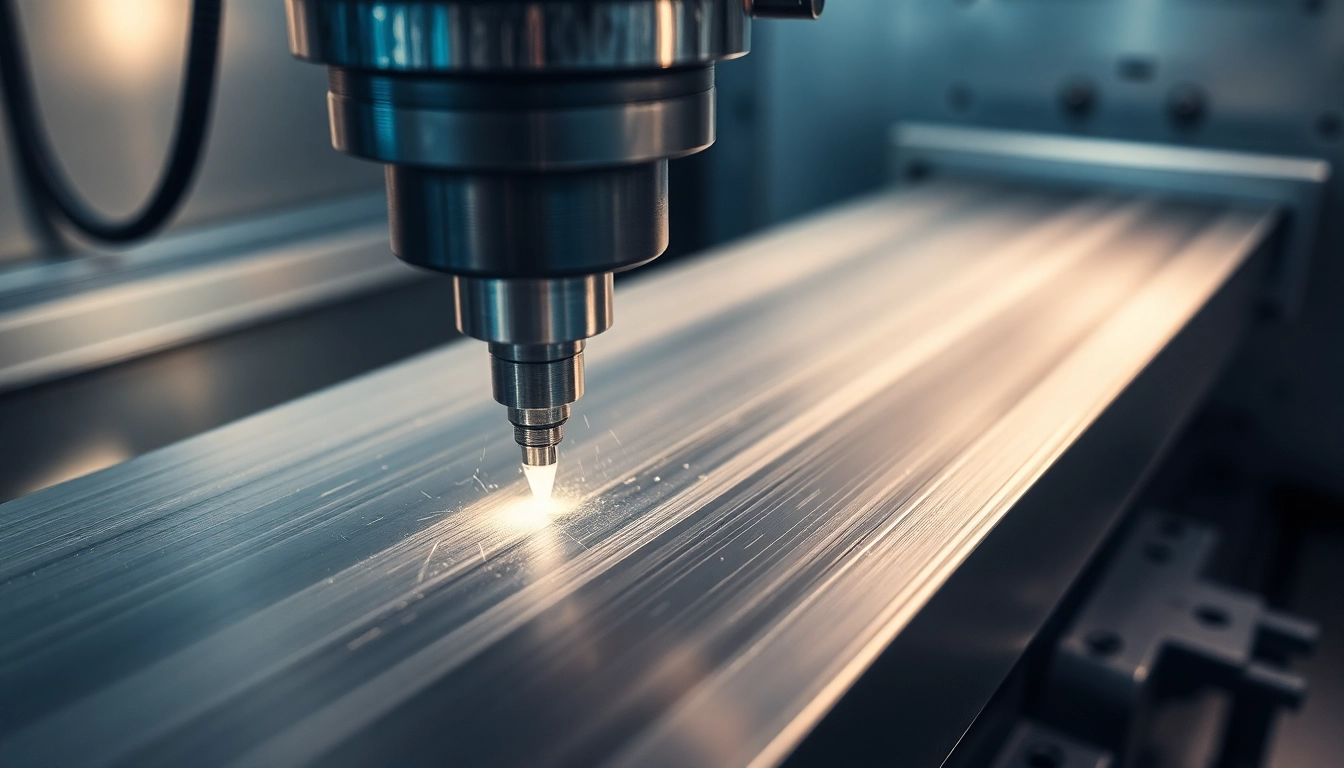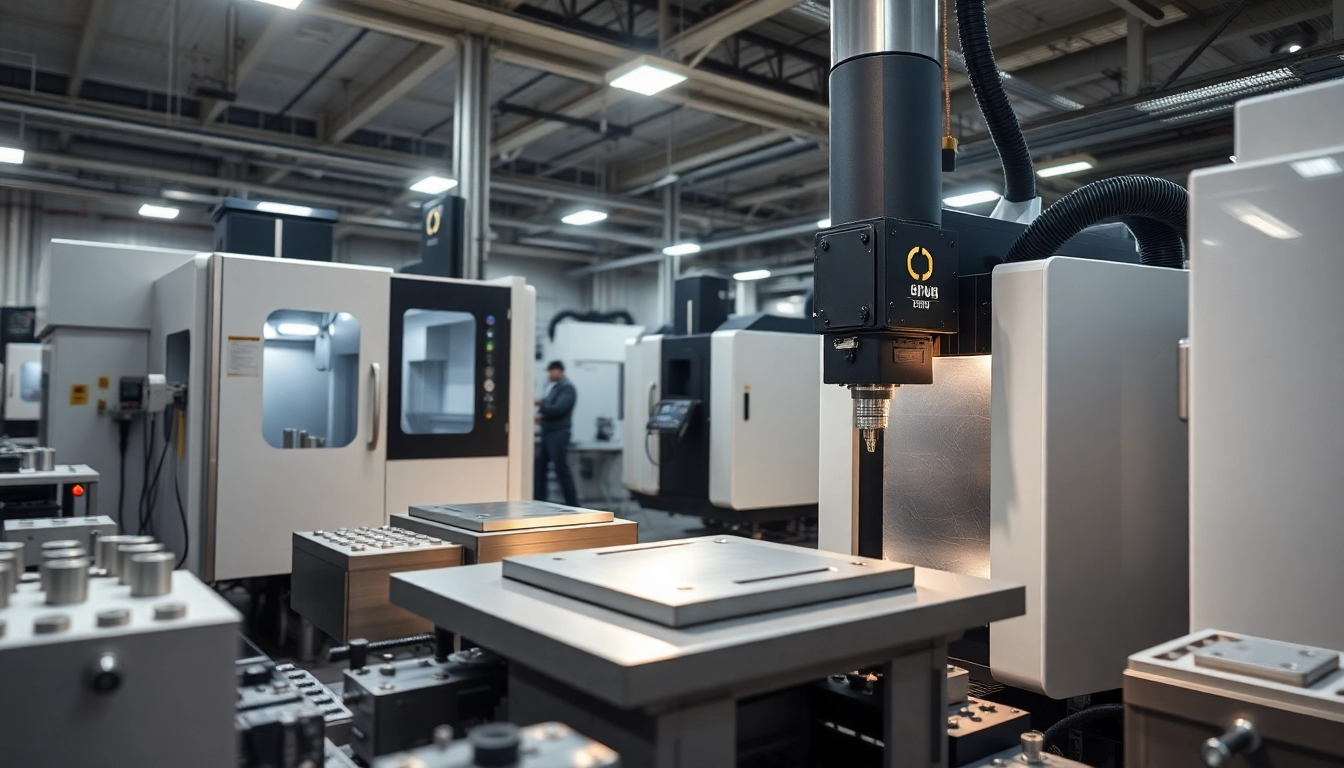Understanding the Benefits of Compactors Rental for Your Projects
In the realm of construction, landscaping, and various infrastructural projects, ground preparation is a fundamental step that determines the success and durability of the entire operation. Among the essential tools used for achieving a solid, stable foundation are compactors—machines designed to compress and stabilize soil, gravel, asphalt, and other materials. While owning compactors might seem like a practical solution for ongoing projects, many professionals and DIY enthusiasts find that opting for compactors rental offers significant advantages. Rental services provide access to the latest equipment, cost efficiencies, and flexibility, making them an increasingly popular choice across the UK.
This comprehensive guide delves into the multifaceted benefits of renting compactors, examines how to select the right equipment, outlines the step-by-step rental process, and explores strategies for maximizing performance and return on investment (ROI). Whether you’re managing a small landscaping project or large-scale construction, understanding these considerations helps ensure your project’s success while optimizing costs and efficiency.
Benefits of Compactors Rental for Your Projects
Cost Savings and Budget Management
One of the primary reasons to opt for compactors rental is the substantial cost savings it offers. Purchasing a high-quality compactor can require an investment of thousands of pounds, which may not be justifiable for short-term or one-off projects. By choosing rental options, you avoid upfront capital expenditure, replacing it with predictable rental fees. This approach also minimizes ongoing expenses related to maintenance, storage, and depreciation.
Rental providers typically offer flexible terms—hourly, daily, or weekly—allowing you to match costs precisely to your project timeline. Additionally, rental companies often include maintenance and repairs within their service packages, relieving renters of unexpected costs and ensuring the equipment remains in optimal condition.
Data from recent industry surveys indicates that rental clients save an average of 30-50% compared to the costs of purchasing, maintaining, and storing equipment internally.
Access to the Latest Equipment and Technology
Technology in compaction equipment is continually advancing, bringing improvements in efficiency, safety, and environmental impact. Rental companies invest regularly in upgrading their fleets to include the latest models, which often feature enhanced power, lower emissions, and increased ergonomic safety features. For example, contemporary plate compactors may come with vibration reduction technology or electric start options for easier operation.
Renting ensures your project benefits from these technological advancements without additional capital expenditure. Access to better equipment can lead to faster project completion, improved compaction quality, and reduced labor fatigue, ultimately translating into better project quality and higher client satisfaction.
Flexibility for Short-term and Long-term Needs
Project scope and timelines can change unexpectedly due to weather, scope adjustments, or other variables. Renting compactors provides unparalleled flexibility, enabling you to scale up or down as needed without the constraints of ownership. If a project is short-lived, you can rent for the precise duration required, avoiding idle equipment costs.
For ongoing projects, rental agreements can be extended or adjusted, while once the work concludes, the equipment is returned, freeing up your resources. This flexibility reduces logistical complexities and helps align equipment use closely with project demands.
Choosing the Right Compactor for Your Applications
Types of Plate Compactors and Their Uses
Plate compactors are versatile machines used in various applications, and selecting the right type depends on your specific project requirements. The most common types include:
- Standard Plate Compactors: Ideal for compacting granular soils, gravel, and asphalt in residential driveways, pathways, and small-scale paving projects.
- Forward & Reverse Plate Compactors: Equipped with dual-direction vibratory plates, these are suitable for areas with limited space where maneuverability is essential, such as trenches and tight corners.
- Heavy-duty Plate Compactors: Larger, more powerful units designed for industrial applications or large-scale earthwork, capable of handling tough and cohesive soils.
Choosing the correct type ensures effective compaction, reduces project time, and minimizes equipment wear and tear.
Factors to Consider: Size, Power, and Terrain
The selection process should weigh several critical factors:
- Size and Weight: Smaller compactors are suitable for confined spaces, while larger units are beneficial for extensive, open areas.
- Power and Vibration: Higher horsepower models produce more vibration, leading to faster compaction but may require more operator skill.
- Terrain Type: Softer soils might require lighter equipment, but cohesive or rocky soils demand more powerful units with reinforced plates.
Matching equipment specifications with site conditions enhances efficiency and reduces the risk of damage or incomplete compaction.
Matching Equipment to Project Scale
Small renovation or landscaping projects often benefit from portable, lightweight compactors, while large construction sites need heavy-duty, ride-on rollers or vibratory assemblies. Consider the area size, depth of compaction needed, and duration of use when selecting a machine.
Consulting with rental specialists or manufacturers can help identify equipment that perfectly aligns with your workload, ensuring cost-effective and efficient operation.
Step-by-Step Guide to Renting Compacting Equipment
Assessing Your Project Requirements
Initiate your rental journey by thoroughly evaluating your project needs. Determine the area dimensions, soil type, depth of compaction, and specific timeline. Create detailed specifications to communicate your requirements clearly when contacting rental providers.
This assessment minimizes rental errors, prevents over- or under-sized equipment use, and helps estimate the total rental duration and costs accurately.
Finding Reputable Rental Providers
Research local and national rental companies, focusing on those with proven expertise, positive customer reviews, and comprehensive support services. Look for options that offer well-maintained, modern equipment and flexible rental terms.
Some leading UK providers include Brandon Hire Station, Speedy Hire, and Sunbelt Rentals, which have extensive fleets of compactors suited for various applications.
Ensure the company provides safety training, operational guidance, and reliable customer support to enhance your rental experience.
Proper Usage and Safety Tips
Using compactors safely and effectively maximizes their performance and reduces accidents. Key safety tips include:
- Always wear appropriate personal protective equipment (PPE), including ear protection, gloves, and safety boots.
- Inspect the equipment thoroughly before use, checking for damages or malfunctioning parts.
- Ensure the area is clear of unnecessary personnel and obstacles.
- Familiarize yourself with the machine’s operation manual and controls.
- Operate on stable, level ground and avoid uneven or excessively rocky terrains without proper equipment modifications.
- Use appropriate vibration dampening techniques to prevent operator fatigue or injury.
Adhering to these guidelines helps prevent injuries and ensures optimal compaction results.
Maximizing Efficiency and Performance
Preparation and Site Setup
Effective project execution begins with proper site preparation. Clear the area of debris, vegetation, and obstructions. Mark out the compacting zones and establish drainage pathways.
Ensuring the ground is moist but not saturated facilitates better compaction and reduces dust generation, which can affect machine operation and safety.
For large projects, consider creating a layered approach—completing multiple passes on each layer—and verifying compaction quality at each stage.
Effective Operation Techniques
Achieving optimal compaction relies on proper machine operation. Key techniques include:
- Employing overlapping passes to ensure uniform density.
- Using appropriate vibration frequencies and amplitudes based on soil type.
- Controlling the machine’s pace—too fast can result in inadequate compaction; too slow can cause unnecessary energy use.
- Adjusting the machine’s handling to maintain consistent contact with the ground surface.
Practicing smooth, steady movements reduces operator fatigue and improves durability of the equipment.
Maintenance and Post-rental Care
Proper maintenance extends equipment lifespan and ensures continual performance. Post-use, clean the machine, check for damages, and report any issues to the rental provider.
Follow manufacturer guidance for storage, lubrication, and servicing. Keeping a maintenance record not only prolongs equipment life but also benefits future rentals and resale value if applicable.
Performance Metrics and ROI from Compacting Equipment
Measuring Ground Stability and Density
Quantifying the quality of compaction involves assessing soil density and stability. Techniques include:
- Using nuclear density gauges for precise measurements.
- Standard laboratory tests such as Proctor tests to determine optimal moisture content and compaction levels.
- Employing digital sensors or data logging tools integrated into modern equipment.
Accurate metrics allow for compliance with engineering specifications and reduce the risk of future ground failure.
Reducing Rental Costs with Proper Planning
Careful planning minimizes rental durations and prevents costly rework. Establish detailed project timelines, allocate sufficient time for each phase, and work with rental companies to secure equipment precisely when needed.
Implementing rigorous pre- and post-operation checks reduces downtime and equipment misuse, further optimizing costs.
Case Studies: Successful Compaction Projects
For example, a landscaping firm in Manchester rented a vibratory plate compactor to prepare surfaces for a large outdoor event. By selecting the right model, scheduling carefully, and following expert operation tips, the project was completed 20% faster than previous similar endeavors, with excellent ground stability verified through post-project testing.
Similarly, a rural infrastructure upgrade in Yorkshire utilized heavy-duty compactors on a budget, achieved superior compaction results, and avoided delays caused by equipment breakdowns—demonstrating the tangible ROI that rental strategies can deliver when paired with proper site management.



